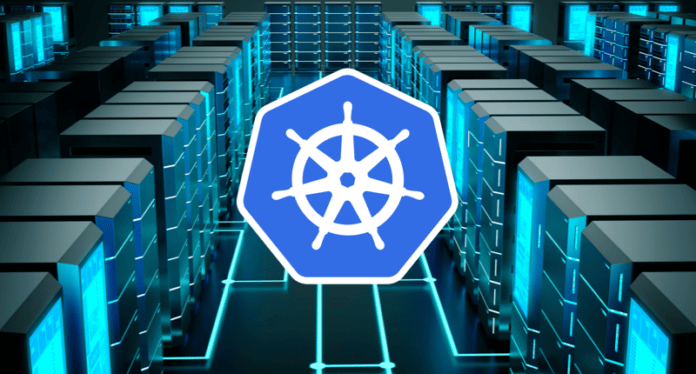With services on all of the main public clouds and a wide range of vendor technologies, such as Red Hat OpenShift and Suse Rancher, Kubernetes has cemented its position as the de facto industry standard for multicloud deployments. It might be difficult to package and then deploy apps using the Kubernetes container orchestration technology for use in cloud-native settings. Acorn wants to assist with the solution to this problem. Although there are many suppliers in the Kubernetes market, Acorn has a particularly impressive track record.
Sheng Liang, Darren Shepherd, Shannon Williams, and Will Chang, who cofounded Acorn, also founded Rancher, which Suse purchased in 2020 for $600 million. The group founded cloud.com before launching Rancher, an early supplier of infrastructure as a service that Citrix bought out in 2011. The open source Apache CloudStack platform currently uses the technology that was once used by cloud.com. Acorn recently revealed an early preview of their open source technology and garnered an undisclosed amount of seed investment.
A Kubernetes cluster can be set up in a variety of ways to suit an organization’s needs or even the demands of a specific task. The fundamental concept is that a workload can be split out among several cloud nodes or even between several clouds to improve application availability, performance, and resilience.
Kubernetes itself is a platform that accepts commands, but it’s frequently up to the user delivering a workload to work through the complexity in order to obtain the best deployment, according to Shannon Williams, cofounder and president of Acorn. According to Williams, his business is launching Acorn, a packaging strategy, to let businesses using Kubernetes workloads upgrade and consume containers more easily.
Acorn aims to concentrate on the requirements of applications while Kubernetes provides the software infrastructure on which to run workloads for container-based apps. It’s not a novel concept to develop a format and strategy to make application deployment into Kubernetes possible. According to the cofounders of Acorn, there are other methods, including Helm, Cloud Native Application Bundle (CNAB), and Operators, but each has flaws.
Using a Helm chart is currently one of the most popular approaches to deploy an application in Kubernetes. According to Shepherd, Acorn might have a higher level of specificity that is designed for application deployment, whereas Helm offers a generic method of packaging. Additionally, Acorn includes a service discovery mechanism that recognises the resources that are accessible in a certain Kubernetes cluster.
Shepherd outlined how Acorn functions as a layer of abstraction over the fundamental ideas that Kubernetes supports. The notions of service and ingress, which are ways of providing networking services, are two examples of key ideas in Kubernetes. Acorn elevates to the higher level concept of only presenting a networking port to an application, not requiring users to comprehend or configure such principles.
The cofounders of Acorn believe that Kubernetes Operators are competitors of their technology. When CoreOS was acquired by Red Hat in 2018 for $250 million, the Kubernetes Operator idea was introduced by CoreOS in 2016 and integrated into Red Hat OpenShift. An operator’s commitment is to assist enterprises with configuring an application to grow and function in production, going beyond simple Helm chart deployment.










































































